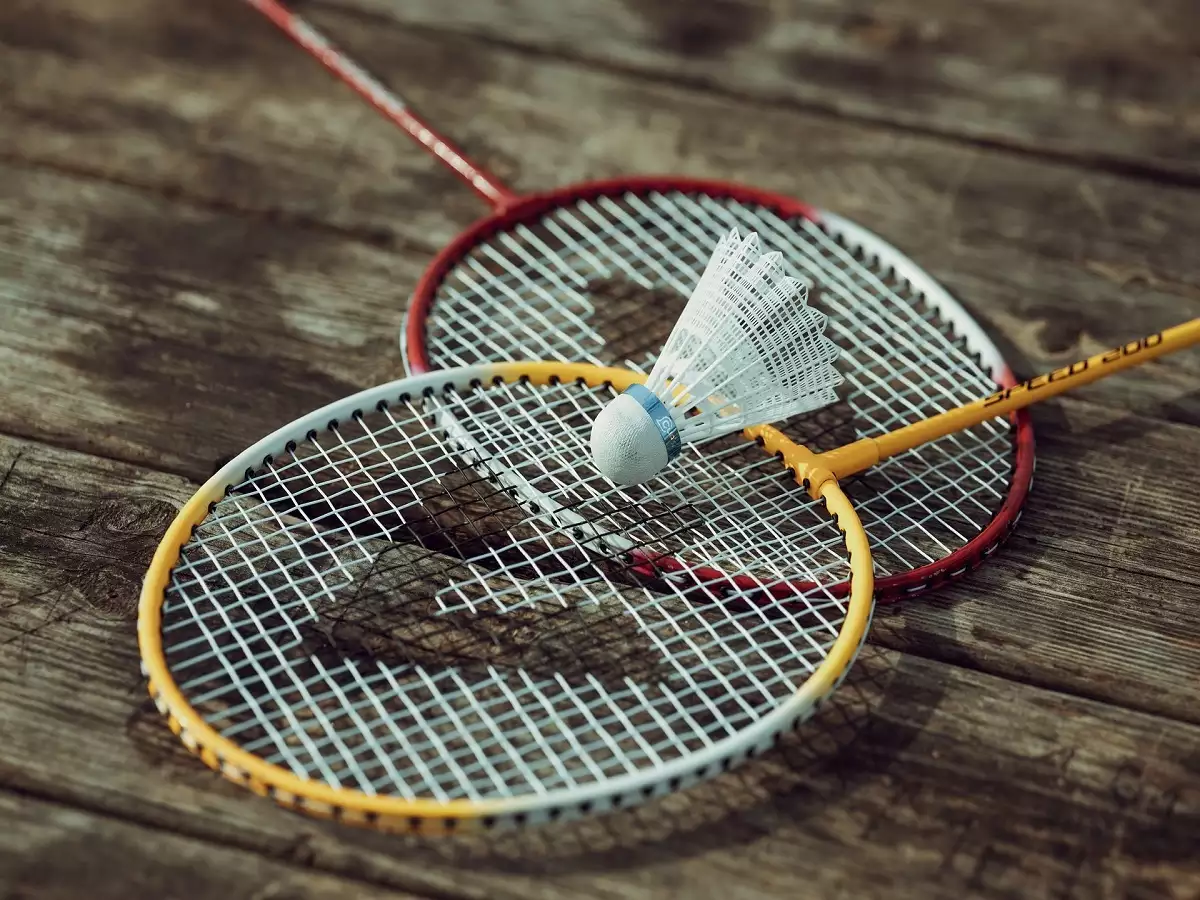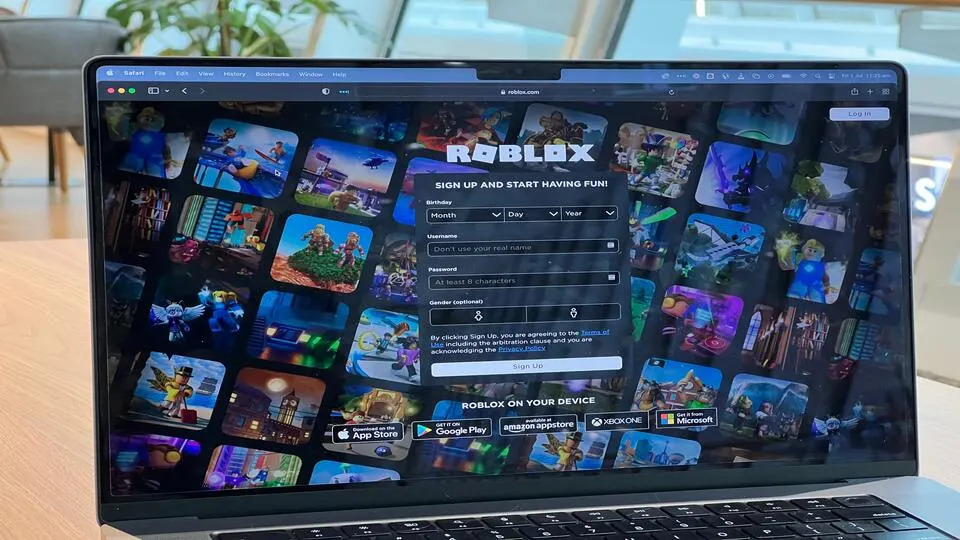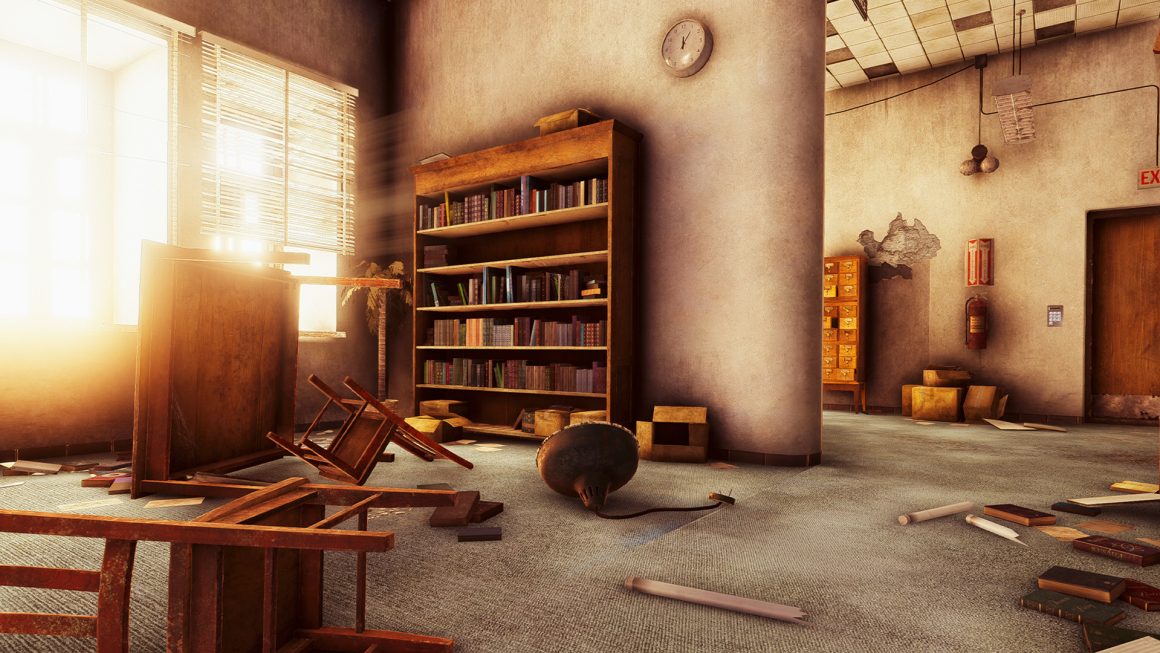The right badminton club and court can really enhance your badminton experience and help you improve your skills faster. With so many clubs and courts available, it can be difficult to figure out which one will be the best fit for you. This guide covers all you need to know to find the perfect badminton club and court that’s just right for you. From finding your local clubs in the area to choosing the type of court that fits your skill level, we’ve got you covered with everything you need to know about how to find the perfect badminton club and court for you!
The Basics
If you’re an avid badminton player, it might be worth your while to find a dedicated court. Indoor badminton court can be a great addition for recreational players or teams who are looking for a more permanent place to call home. While there are plenty of facilities that offer court rental for players, here’s some advice on how to find a true badminton club—and ensure you won’t have any problem fitting in with other members when you first arrive.
Finding a Local Gym That Offers Badminton
Before you start playing badminton, you’ll want to find a club or gym with a badminton court. Most facilities that offer squash, tennis, volleyball, and racquetball will usually have badminton as well. The reason is simple: all of these games require similar fitness levels, hand-eye coordination, etc., so it makes sense for most gyms (and schools) to include multiple indoor racquet sports in their facility.
Figuring Out What Type of Player You Are
First, you need to figure out what type of player you are. Different badminton courts have different advantages for different players. For example, some players prefer a closed-off court with little wind resistance (like an indoor court) so they can get faster shots that don’t require as much effort; others prefer a wide-open stadium with plenty of ventilation so their sweat doesn’t weight them down during an extended match. Each playing style requires a unique combination of court types and amenities. Luckily, there are many badminton clubs out there that offer multiple court options, making it easy for all sorts of players to find exactly what they need in terms of terrain.
Knowing Your Limits
Deciding on a badminton club or court is no easy task. There are literally thousands of courts around, each offering a different price for both membership fees and hourly rates. One thing that you may be confused about is whether or not you should pay for your training by the hour, or instead buy a permanent membership that lets you come and go as you please. The answer? It depends on how frequently you plan on playing. If your job only allows you a few hours per week in which to train, then it would make sense to go with an hourly training rate rather than commit to membership fees.
Feeling the Weight of the Racket
The badminton racket may be light but it is still heavy enough to make a difference. Some badminton players insist on lightweight rackets, even if they are made of carbon fiber, which absorbs shock. Others prefer heavier rackets that give them better feel in their hands. When choosing a badminton racket consider your own physical strength, your fitness level and your personal style of play. Many avid players have several different types of rackets for different situations so you’ll need to think about what kind of situations you’ll typically face when playing at home or in competition.
Building Stamina Through a Proper Warm Up and Cool Down
The best way to avoid injury is by building your body up slowly. When you’re starting a new sport, make sure that you start slow so that your body can get used to it. In badminton, warm ups are especially important because they help prepare your muscles for play by increasing blood flow and elevating heart rate. A proper cool down helps relax tense muscles after exercise, providing a nice stretch before heading back home or into work. You should always stretch at an equal pace to how quickly you’ve increased tension during exercises; warming up is a good time for beginners to get their feet wet without getting injured in the process.
Basic Tactics
A badminton player uses a racquet to hit a shuttlecock over an opponent’s side of the court. That sound you hear, whether in your backyard or on a professional field, is hard rubber hitting plastic. The rules are simple, but mastering them takes time. Here are some basic strategies for scoring points in badminton: Set up: To start play, each team lines up across from its opponent on either side of a net hung between two poles at either end of a rectangular court. If your opponent serves first (more on that later), stand behind your service line with one foot at least partially beyond it; if you’re serving first, stand behind your service line with both feet within it.
Where To Start In League Play
When starting out in league play, it’s easy to feel intimidated by all of those hard-hitting professionals on court. In fact, many people think they have to join a league with already established memberships in order to get serious playing time; but there are actually quite a few leagues where new players can dive right in without feeling like they don’t belong. And it doesn’t hurt that going pro (or even semi-pro) isn’t really dependent on which league you start off in. That being said, here are some of my favorite choices for getting started.



